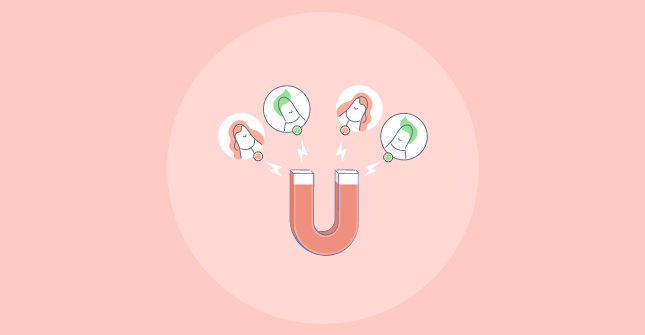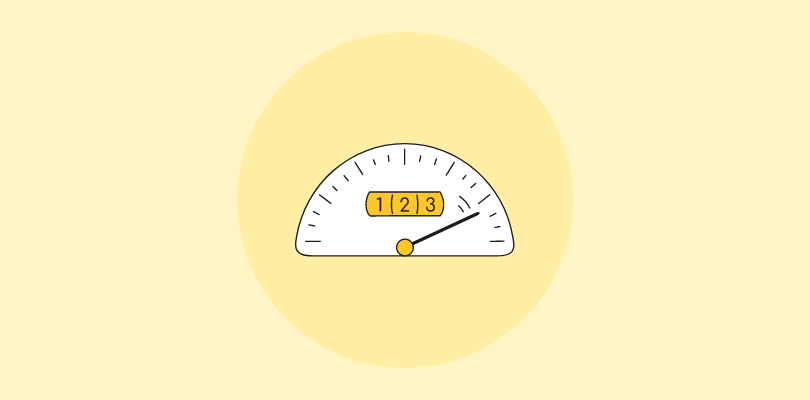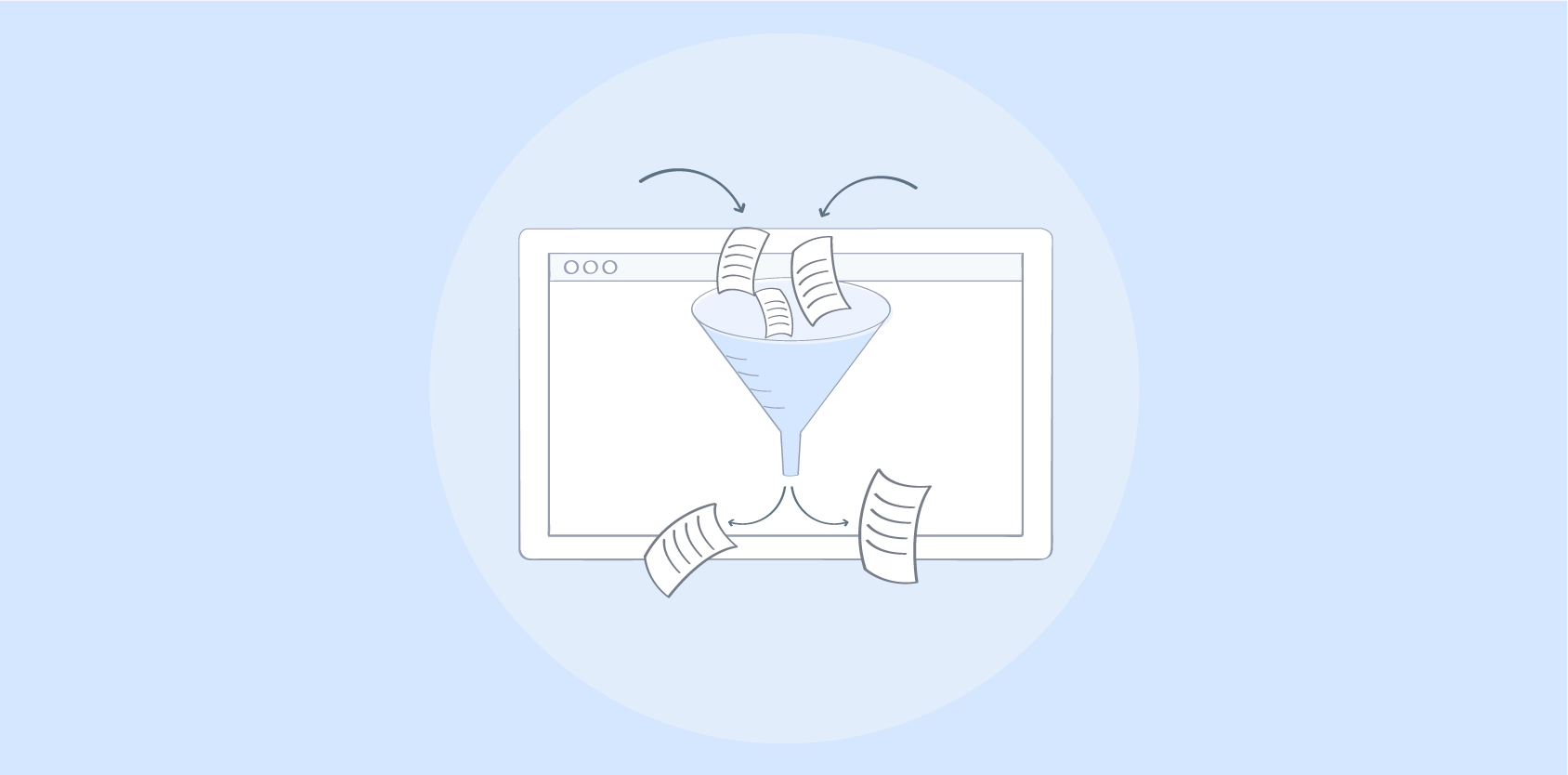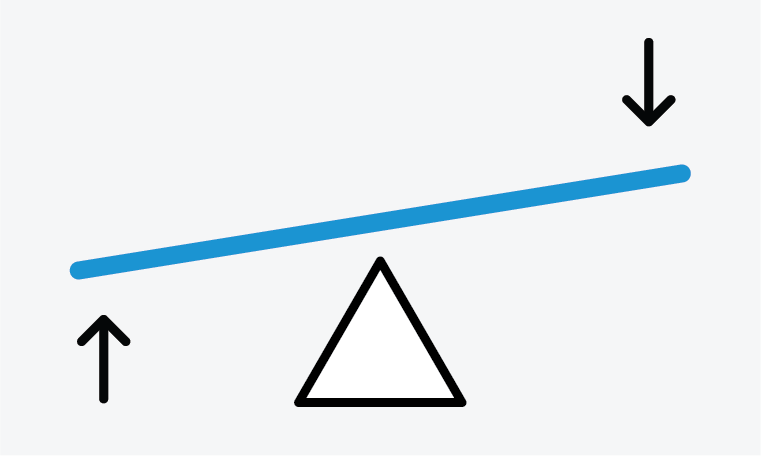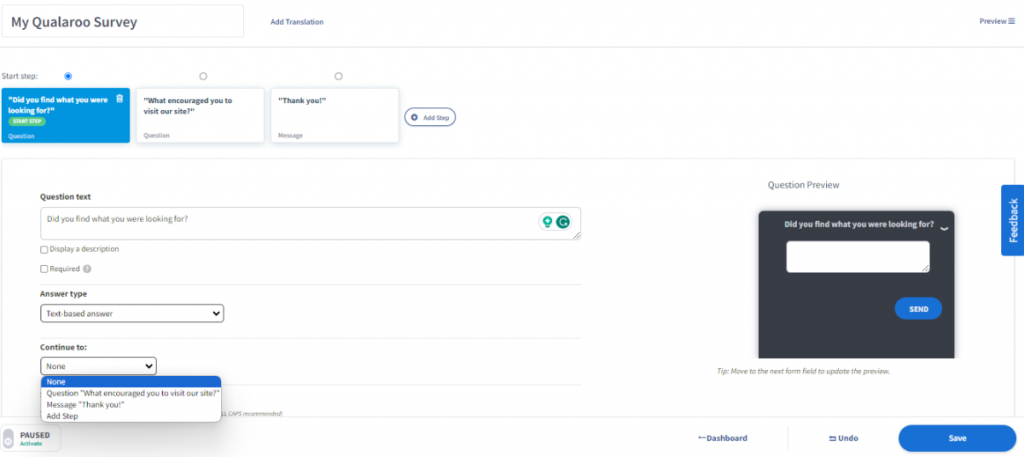We all know the value of loyal customers. Many of the world’s top companies generate the majority of their long-term growth from the customers they already have. But despite how necessary retention is, keeping customers isn’t always simple.
Sometimes they buy once and disappear. Sometimes they love your product but get stuck somewhere in the experience. And sometimes… they just find a competitor who makes things easier.
I’ve seen how easy it is for businesses to pour all their energy into getting new customers while unintentionally neglecting the ones already in the door. The truth is, customers don’t always leave because of price or product; often, it’s because the digital experience feels confusing, slow, or inconsistent.
The good news? Retention can be dramatically improved with a few thoughtful strategies. When you understand what customers expect, what frustrates them, and what keeps them engaged, keeping them around becomes much easier.
What Is Customer Retention?
Customer retention is the ability of a business to keep its existing customers returning for more. It’s about more than just making sales—it’s about building a connection with your customers so they trust your brand and stick with it over time. When customers feel valued and understood, they’re likelier to stay loyal and keep purchasing your products or services.
Retaining customers also goes hand-in-hand with delivering a positive experience at every touchpoint, whether through excellent customer service, personalized offers, or addressing their feedback. While acquiring new customers is important, retaining the ones you already have is often more cost-effective and impactful. Loyal customers not just bring in repeat business but also recommend your brand to others, multiplying the benefits of strong retention efforts.
Why Customers Switch to Competitors: The Hidden Digital Experience Problem
Customers don’t always leave because of pricing, features, or product gaps — more often, they leave because the digital experience around your brand fails them. In today’s competitive landscape, even small usability issues can push customers toward alternatives that feel smoother, faster, and easier to use.
Slow, confusing, or inconsistent online journeys create invisible friction that causes customers to quietly churn. Common digital experience issues include:
- Unclear or overwhelming onboarding steps
- Slow page loads or technical glitches
- Poor mobile usability
- Irrelevant or poorly timed recommendations
- Hard-to-find help or delayed support responses
- Complicated checkout, account management, or cancellation processes
- Lack of personalization across channels
Most customers won’t complain about these problems — they simply switch to a competitor that offers a cleaner, more intuitive experience. This silent churn can be costly, especially when you don’t know why users are leaving.
Reducing digital friction is one of the fastest and most effective ways to improve retention. By streamlining workflows, improving navigation, offering in-context guidance, and ensuring consistent performance across devices, brands can significantly reduce churn and keep customers engaged for the long term.
14 Best Customer Retention Strategies to Get Happy Customers
Now that you know how to calculate the retention rate and the KPIs that matter, let’s look at the top-notch strategies for customer retention you can employ to improve the rate and make your customers happy.
1. Offer Flawless Customer Service
If you want to keep your customers happy and loyal, you must ensure that you provide them with excellent customer service. When customers reach out to you, they want to be heard and expect you to address their concerns.
Resolving their issues in a timely manner can go a long way toward cementing a positive brand perception, promoting loyalty, and increasing the average purchase value.
According to a Harvard Business Review study, customers who tweeted about brands to post complaints, questions, and comments were surveyed. Here are the results of the survey: Brands that responded to customers’ tweets scored 37 points higher than others on the NPS (Net Promoter Score) survey.
Here are some ways to use support services as a customer retention strategy:
- Use live chat tools like ProProfs Chat to offer 24×7 real-time support without long waits.
- Leverage chatbots to improve First Response Time (FTR) and enhance customer satisfaction.
- Add a ticketing system like ProProfs Helpdesk with a simple form on your website or app.
- Provide self-service options such as a knowledge base, help center, or video tutorials.
- Monitor KPIs to identify what keeps customers happy and address their concerns proactively.
CASE STUDY: BELRON uses NPS to recognize early red flags and improve its experience.
2. Establish a Strong Relationship
To build a strong relationship with your customers, you must genuinely care about their experience with your brand. You must be willing to go above and beyond and give whatever they require to be happy with your products/services. It all starts when they enter your sales funnel as a prospect.
A robust CRM tool like BIGContacts can be invaluable for building long-lasting customer relationships. The right CRM tool provides a one-stop platform for tracking and managing your customers to avoid miscommunication and ensure an effortless experience at every point of their journey.
Here’s how:
- Stay on top of your business while boosting customer loyalty and streamlining sales.
- Segment customers and prospects to understand their preferences, needs, and challenges.
- Use targeted marketing strategies to engage effectively with each customer group in your sales funnel.
- To increase the repurchase probability, you can segment high-value customers to offer personalized deals and discounts based on their purchase history.
- You can target new customers with free first-time SaaS product setup services or training sessions.
3. Collect Customer Feedback Regularly
Customer feedback is an asset to stay ahead of the game and ensure you deliver the best product to your customers. Among different methods of gathering feedback, surveys are your best bet to create a continuous feedback loop. They are easy to implement, cost-effective, and provide rich insights into customer behavior and actions.
Some of the proven and most effective surveys include:
- NPS
- CSAT (Customer Satisfaction)
- CES (Customer Effort Score survey)
- UES (User Effort Score survey)
- Exit-intent survey
- Market research
- Product feedback
You can create these surveys without a sweat using these easy, in-context templates:
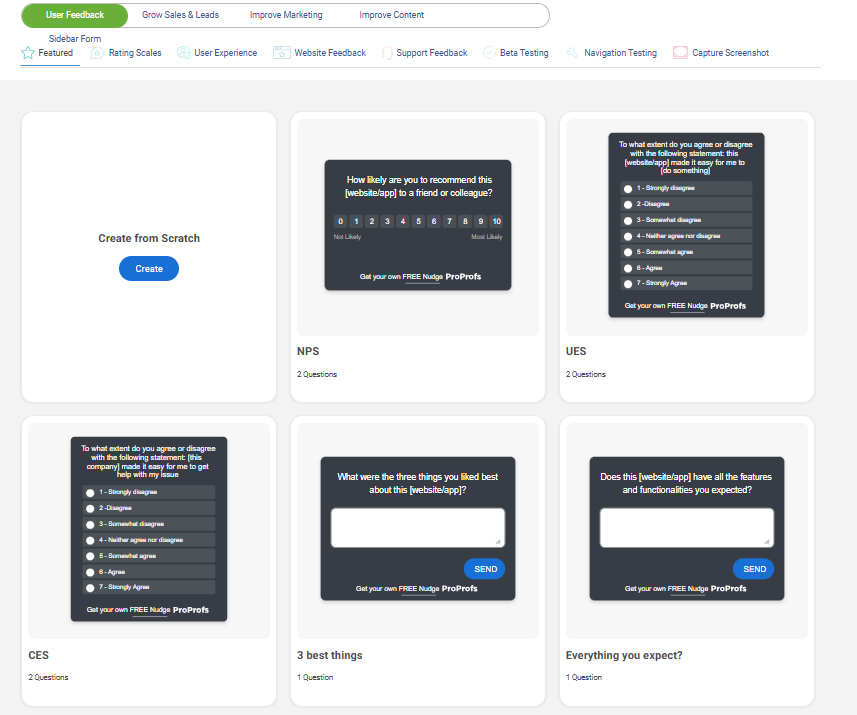
Surveys can help collect more than just customer feedback. They make you aware of what customers say about you and your services. That’s why it’s important to prepare a survey and add depth to it using branching logic and follow-up questions to understand the WHY.
But it doesn’t end here.
You need to analyze and act quickly to close the loop. Advanced survey tools like Qualaroo let you design surveys, collect feedback, and analyze them in one place.
With AI sentiment analysis and NPS score tracking, you can uncover real-time insights to make informed decisions.
4. Offer Post-Purchase Services
Acquiring customers is only half the battle. You need to extend the services post-purchase to make them feel they’re getting more value from their investment. Here are a few examples of customer retention strategies to understand how you can make it happen:
- Offer free consultations or periodic quality checks to add value post-purchase.
- Provide product or service upgrades and address any questions they may have.
- Set up systems to follow up and maintain relationships with your customers.
- Filter and organize client emails to ensure no important communication is missed.
- Make returns and exchanges hassle-free to enhance customer satisfaction.
- Simplify refund or exchange processes to avoid frustrating your customers.
The more friction you put into buying and returning products, the fewer people will purchase them. So, mentioning a return & refund policy on the website or product page can help retain your customers and prevent chargebacks.
5. Engage in Customer Loyalty Programs
Implementing a customer loyalty program is another great strategy for attracting repeat customers. A loyalty program is an initiative that rewards repeat customers with redeemable points on subsequent purchases. The reward encourages them to continue buying from you and refer you to others to earn more points.
Here’s how you can use customer loyalty programs to your benefit:
- If you have a restaurant, you can give loyalty points every time they buy certain meals or drinks — just like Starbucks.
- You could also offer special discounts to repeat customers or special perks to VIP customers.
6. Introduce Gamification to Your Customer Loyalty Program
Over the years, loyalty programs have moved from simply rewarding purchases with points or coupons to offering more interesting features. Gamification applies game features in rewarding customers, typically to promote customer engagement with a product or service.
Some examples are the prize wheel, quizzes, exclusive club memberships, and so on.
Gamifying your loyalty program incentivizes consumers to purchase more frequently, buy more, or earn points. Another advantage of gamified quizzes is that they let you collect demographic and behavioral data about your customers.
Here’s what you can do:
- You can design a scored personality test and reward the customers with personalized results sent to their email addresses.
- With a simple quiz, you can collect insights about your audience and capture their email address for retargeting campaigns.
- Not only this, but you can also use the data from quizzes meant for product recommendations to provide better purchase options that customers find relevant every time.
- And who doesn’t enjoy getting the right options when planning to buy something? Throw in a small discount code, and you’ve also enticed the respondents to make a purchase.
7. Address Customer Complaints
It’s important to invest in customer happiness, as it helps you measure customer loyalty, reduce customer churn, and increase revenue.
Here’s how:
- Integrate live chat with the helpdesk to automate ticket creation after the chat ends.
- Use tools like Hootsuite to monitor the comments, complaints, and brand mentions on social channels. You can check how Hootsuite leveraged Qualaroo surveys to improve their landing page.
- Another way to improve their experience with your brand is to act on their concerns and comments proactively.
- Keep your customers informed about the ticket’s status and use surveys to gauge their satisfaction once you resolve the complaint.
- Try to respond to the complaints, fix the problem, and show the customer how much you care about their experience.
- What’s more, be empathetic, offer reasonable solutions to problems, and always act in the best interest of your customers.
- Address the complaint immediately and be open and honest about what happened. If you don’t address it, it will come back again and again.
8. Under-Promise & Overdeliver
Companies often let their excitement get the best of them and end up over-promising their customers. And while those big promises might sound great upfront, they can quickly backfire if you can’t deliver. When customers feel let down, they’re out the door—taking their loyalty and dollars with them.
Here’s how you can do this:
- Instead of making promises you’re not 100% sure you can keep, focus on setting expectations you know you can meet—and then go above and beyond to exceed them. Even small things like faster service, thoughtful follow-ups, or an unexpected perk can leave a lasting impression.
9. Provide a Personalized Experience
There are significant positive effects of experience personalization, as shown in the image below:
Customized experiences must be key to your customer retention strategies. It means you’ll need to ask customers what they want, listen to their feedback, and use that feedback to tailor their experience. It’s also important to work out your customer’s journey, where they drop off, and what you can do to improve that experience.
One way to do that is by using data.
Here are some ways to do it:
- Map your customers’ purchase journey to identify drop-off points and improve their experience.
- Use behavioral tools like heatmaps and session recordings for actionable insights.
- Integrate Qualaroo with SessionCam to gain deeper insights into user behavior.
- Collect customer feedback through surveys to understand preferences and refine offerings.
- Send personalized notifications to re-engage customers and encourage purchases.
Here’s another example of a personalized experience:
Spotify’s playlist customization is a masterclass in customer retention. By tailoring the music experience to individual preferences, Spotify retains its users brilliantly. From a retention standpoint, this customization goes beyond convenience—it creates stickiness. Customers are less likely to go to competitors when they know Spotify already “gets” their music taste.
10. Automate Customer Engagement
If you’re drowning in repetitive tasks, it is time to automate. Marketing and experience automation takes the boring stuff off your plate, letting you target your customers without spending hours on manual work.
Here’s how automation works to improve customer retention and engagement:
- Use chatbots to auto-initiate chats, redirect to agents, schedule meetings, or create tickets.
- Automate workflows and client management with a CRM like BIGContacts.
- Run drip campaigns to nurture leads and retarget customers automatically.
- Offer personalized product suggestions using recommendation engines.
11. Ace Your Onboarding
Effective onboarding helps customers feel confident from the start. It guides them through key actions, highlights important features, and shows them how to get results quickly. When customers understand how to use your product and experience value early, they are far more likely to stay.
One way to strengthen your onboarding is by focusing on clarity and guided learning.
Here are some ways to do it:
- Walk new users through the first essential steps with tutorials or guided tours.
- Offer quick-start checklists to help customers complete key setup tasks.
- Use in-app tips or nudges to highlight advanced or lesser-known features.
- Provide easy access to help articles, FAQs, or short video walkthroughs.
- Track where users drop off during onboarding and refine those steps for clarity.
| 😀FUN INSIGHT! Qualaroo has an elaborate and guided onboarding process leveraging expertise from the customer support and product-expert teams. It aims to equip the users to optimize the use of feedback and analytics features. |
12. Choose the Right Customer Retention Tools
The right tools are essential for making your retention strategy work. They simplify workflows, surface customer insights, and help you deliver consistent experiences across every touchpoint.
Start with tools that help you understand customers better. Qualaroo’s Nudges™ let you collect real-time, in-context feedback so you can identify issues early and improve the experience before customers churn. You can learn more about Qualaroo here:
Here’s how to build an effective retention tech stack:
- Use help desk tools like Zendesk to respond quickly and build trust.
- Automate communication with platforms like MailChimp for timely, personalized outreach.
- Analyze user behavior with tools such as Heap.io to spot friction points.
- Integrate feedback and usage data with your CRM to streamline follow-ups.
- Choose scalable tools that support ongoing optimization across support, feedback, and engagement.
To choose the right stack for your business, you can refer to our detailed list of the top 10 customer retention tools, including their features, pros, cons, and more.
13. Invest in Employee Training and Empowerment
It’s important to invest in their training and give them the tools they need to provide top-notch customer service.
Empowering your employees to take action, like resolving issues quickly or offering a goodwill gesture when needed, makes all the difference. It builds trust—not just between you and your customers but also between you and your team. When employees feel supported, they go above and beyond to make customers happy.
Here’s how to empower your employees:
- Train your staff to handle customer inquiries efficiently and confidently.
- Empower employees to resolve issues independently without unnecessary red tape.
- Encourage a focus on customer satisfaction and going the extra mile for a positive experience.
- Recognize and reward employees who excel in delivering exceptional service.
14. Leverage Storytelling
Sharing how your brand started, the challenges you’ve faced, or the values that drive your team can inspire customers and make your business more memorable. These aren’t just testimonials—they’re proof of your impact and help other customers see themselves in those stories.
Here’s how to use storytelling for customer retention:
- Share your brand’s story, mission, and values to build a deeper connection with customers.
- Highlight real success stories where your product or service solved challenges or achieved goals.
- Humanize your brand by showcasing the people behind your company and their commitment to customers.
- Use visuals like images, videos, and interactive content to make your stories more engaging.
TOMS Shoes effectively uses storytelling to highlight its commitment to social responsibility. It shares stories about how its “One for One” business model helps provide shoes, clean water, and other resources to people in need.
Customer Retention Metrics You Should Consider for Success
Understanding customer retention is more than just knowing who stays—it’s about knowing why they stay and how you can have them buying from you repeatedly. Here are some key metrics and customer retention examples that help you measure retention effectively:
| Metric | What It Measures | Formula | Why It Matters |
|---|---|---|---|
| Customer Retention Rate (CRR) | How many existing customers you keep over a period | (Customers at end – New customers) / Customers at start × 100 | Shows how well you retain your core customer base |
| Churn Rate | How many customers you lose during a period | Customers lost / Customers at start × 100 | Helps identify issues causing customers to leave |
| Repeat Customer Rate (RCR) | How many customers buy more than once | Repeat customers / Total customers × 100 | Indicates loyalty and repeat purchase behavior |
| Average Order Value (AOV) | Average revenue per order | Total revenue / Number of orders | Highlights opportunities for upselling & cross-selling |
| Purchase Frequency (PF) | How often customers make purchases | Total purchases / Total customers | Measures engagement and ongoing customer interest |
| Customer Lifetime Value (CLTV) | Total value a customer brings over time | AOV × PF × Customer lifespan | Helps determine how much you should invest in retention |
Here are the elaborate, in-depth explanations:
- Customer Retention Rate (CRR)
It’s always a good idea to track your customer retention rate and implement the best strategies to keep them happy.
How to Calculate Customer Retention Rate:
Let’s understand this better with an example:
Suppose you begin your quarter with 2000 customers. You first lose 400 but then gain 600 customers. So, track the elements mentioned below to measure the customer retention rate:
No. of customers at the end (which in our case are)= 2000 – 400 + 600 = 2200
No. of new customers (which in our case are) = 600
No. of customers at the beginning (which in our case are) = 2000
So, your CRR would be:
2200 – 600/2000 X 100 = 1800/200 X 100 = 90% CRR
- Churn Rate
Churn rate counts the percentage of customers who stop buying your productsfrom you during a specific period. A high churn rate indicates issues that need immediate attention.
How to calculate it:
Churn Rate = (Customers lost during a period / Customers at the start of the period) × 100
If your month started with 1,000 customers and lost 50, your churn rate would be:
Churn Rate = (50 / 1,000) × 100 = 5%
- Repeat Customer Rate (RCR)
RCR measures the percentage of customers who make multiple purchases. It helps you understand how well you’re building loyalty among your customers.
How to calculate it:
RCR = (Repeat customers / Total customers) × 100
Let’s break it down with an example:
Suppose you have 1,000 customers in total, and 300 of them make more than one purchase. Here’s how you calculate the RCR:
RCR = (300 / 1,000) × 100 = 30%
- Average Order Value (AOV)
AOV shows the average amount customers spend per order. It helps you identify opportunities to increase revenue through upselling or cross-selling strategies.
How to calculate it:
AOV = Total earnings / Number of orders
For example, if your total earnings for the month is $50,000 from 2,000 orders:
AOV = 50,000 / 2,000 = $25 per order
- Purchase Frequency (PF)
PF is the average number of purchases a customer makes within a specific time frame. A higher purchase frequency indicates strong customer engagement and ongoing interest in your offerings.
How to calculate it:
PF = Total purchases / Total customers
Suppose 400 customers made 1,000 purchases in a month. In that case, your purchase frequency is:
PF = 1,000 / 400 = 2.5 purchases per customer
- Customer Lifetime Value (CLTV)
CLTV predicts the total profit a buyer will bring to your business throughout their relationship. It helps you determine how much to invest in acquisition and retention efforts.
How to calculate it:
PF = Total purchases / Total customers
AOV = Total revenue / Number of orders
And, CLTV = AOV × PF × Customer lifespan
So, if your AOV is $25, your purchase frequency is 2.5, and your average customer lifespan is 3 years:
CLTV = 25 × 2.5 × 3 = $187.50
While metrics like CRR, churn, and CLTV give you snapshots of customer behavior, measuring long-term retention requires looking at patterns over time. A simple way to do this is by running cohort analysis, which tracks how groups of customers behave month over month to show whether your retention efforts are improving.
You can also monitor retention curves to see how quickly customers drop off after their first purchase or sign-up, and whether your curve becomes flatter over time (a sign of stronger loyalty).
Many companies also rely on Customer Health Scores (CHS) that combine product usage, support interactions, NPS/CSAT trends, and engagement levels to predict churn risk before it happens. By reviewing these long-term indicators regularly, you can see not just how many customers stay but why they stay, and where your retention strategy needs improvement.
FREE. All Features. FOREVER!
Try our Forever FREE account with all premium features!
Customer Retention Examples
When it comes to keeping customers loyal, some brands just get it right. They’ve mastered the art of creating memorable experiences, building strong relationships, and making customers feel valued. From personalized perks to seamless ecosystems, these brands go above and beyond to ensure their customers stick around for the long haul.
Here are a few customer retention examples of some of the most renowned brands worldwide:
- Netflix
Netflix keeps you hooked with two smart moves. First, their original content: think of hit shows and movies you won’t find anywhere else. It’s their way of making sure you stick around. Second, their personalized recommendations: Netflix suggests precisely what you want to watch next based on your viewing history, making it hard to leave.
- Apple
Apple is a pro at keeping customers loyal. Its ecosystem lock-in makes switching brands a pain—your iPhone, AirPods, and MacBook work seamlessly together. Plus, its brand loyalty is legendary. With sleek designs and cutting-edge features, Apple isn’t just a brand; it’s a lifestyle people don’t want to give up.
- Nike
Nike doesn’t just sell products—it makes you feel part of a community. Its Nike Membership program offers perks like early product access and personalized training plans. And its community events and challenges on social media create a sense of belonging that keeps customers coming back.
- Sephora
Sephora knows how to make customers feel special. Their Beauty Insider Program rewards you with points, exclusive events, and personalized beauty advice. And their online community is like a hangout spot for beauty lovers, where you can share tips, get inspired, and stay connected with the brand.
- Nordstrom
Nordstrom keeps it simple: amazing customer service. Hassle-free returns and personalized styling advice make shopping stress-free. Their Nordy Club loyalty program sweetens the deal with points, perks, and exclusive experiences that keep customers coming back for more.
Beyond these well-known global brands, customer retention plays a crucial role across every industry, and many companies rely on unique models to keep users engaged:
| Industry | Brand Examples | Key Retention Technique | Why It Works |
|---|---|---|---|
| SaaS | Slack, Canva, HubSpot | Fast activation, guided onboarding, in-app tips | Helps users get value quickly and reduces early churn. |
| Fintech | Chime, Revolut, PayPal | Real-time alerts, instant support, loyalty rewards | Builds daily engagement and increases switching costs. |
| EdTech | Duolingo, Coursera | Gamification, streaks, personalized learning paths | Creates habits and encourages continuous usage. |
| Hospitality | Marriott, Hilton | Tiered loyalty programs, personalized upgrades | Rewards loyal customers and increases repeat bookings. |
| eCommerce | Shopify brands, Sephora | Personalized recommendations, fast support, transparent policies | Builds trust and drives more repeat purchases. |
| Gaming | Fortnite, Roblox | Daily rewards, progression loops, community events | Maintains long-term engagement and a sense of belonging. |
When Should You Focus On Customer Retention?
Customer retention is always important, but there are certain times when it becomes absolutely critical to focus on keeping the customers you already have. These moments can make or break your ability to sustain growth, build loyalty, and stay ahead in the market.
Here are a few times when you should consider keeping your existing customers even happier:
1. When Acquisition Costs Are High: If your acquisition costs are skyrocketing, it’s a clear sign to shift your priorities. It is a known fact that acquiring new customers will almost always be more expensive than retaining existing ones, and when those costs keep climbing, it just makes more sense to focus on the ones already in your corner. Start by comparing your customer acquisition cost (CAC) to your customer lifetime value (CLTV). If CAC overtakes CLTV, it’s time to double down on retention strategies.
2. When You Have a High Churn Rate: If you’re losing customers faster than you can replace them, you’ve got a problem that needs immediate attention. High churn rates usually mean your product, service, or overall experience is off. This isn’t just about lost revenue—it’s about saving your reputation before unhappy customers spread the word. Analyze feedback, track customer behavior, and implement changes to fix the root cause.
3. When Launching a New Product or Service: Don’t forget your existing customers when rolling out a new product or service. They’re more likely to trust your latest offerings and give you honest feedback. Plus, they can become your best advocates, helping you get the word out. Offering early access or special perks shows them they’re valued and increases their chances of sticking around long-term.
4. When You Want to Build a Strong Brand Reputation: Loyal customers are your greatest asset when it comes to reputation. They leave glowing reviews, recommend you to friends, and share their positive experiences. By focusing on retention, you’re not just keeping customers—you’re creating brand ambassadors who boost your reputation and attract new ones.
5. When You Want Sustainable Growth: Customer retention is the cornerstone of sustainable growth. Loyal customers provide consistent revenue and contribute to long-term profitability. Relying solely on new acquisitions isn’t sustainable forever, so investing in retention builds a stable foundation for your business.
Importance of Customer Retention
Customer retention isn’t just another business metric—it’s the foundation for long-term success. Here are a few reasons why customer retention is important:
- It Saves You Money: Studies show that retaining a customer is 5 to 7 times cheaper than acquiring a new one, and from my experience, it’s always the wiser investment. Your effort to keep your existing customers happy often pays off more than constantly chasing new ones.
- Your Customers Spend More Over Time: Loyal customers tend to spend more over time. They trust your brand, are likelier to try new products or services, and even upgrade to premium offerings. This consistent revenue stream helps your business grow without high acquisition costs.
- They’ll Spread the Word for You: Happy, long-term customers don’t just stick around—they tell others about your business. Their recommendations are invaluable because they come from a place of trust, and new customers brought in through referrals are often more loyal themselves.
- It Keeps Competitors at Bay: Customers have plenty of options in today’s crowded market. Retaining customers means they’re less likely to look for alternatives, giving you an edge over competitors. Keeping customers loyal is easier than winning them back after they’ve left.
- It Shows You’re Doing Something Right: Retention reflects how well you deliver value. When customers return, it’s a clear sign that your product, service, or experience meets or exceeds their expectations. On the flip side, low retention is a signal to reevaluate and improve.
- It’s About Building Relationships: Customer retention isn’t just about sales; it’s about fostering relationships. Long-term customers become part of your brand’s journey and are more likely to engage, provide feedback, and support your growth over time.
Keep Your Customers Close for Repeat Business
Loyal customers are the foundation of sustainable growth, helping you reduce costs, boost revenue, and strengthen your brand’s reputation. No matter if it’s tackling high churn rates, optimizing your onboarding process, or delivering exceptional service, every effort you make to keep your customers engaged pays off in the long run.
With tools like Qualaroo, retaining customers becomes even more manageable. Collecting real-time feedback through targeted Nudges™ lets you identify exactly what your customers need and make data-driven decisions to enhance their experience.
Remember, it’s far easier and more rewarding to nurture the customers you already have than to chase new ones constantly. Ready to take your retention efforts to the next level? Start building those connections today with Qualaroo, and watch your business thrive!
Frequently Asked Questions
How do you improve customer retention?
You can improve customer retention by consistently exceeding expectations, proactively addressing concerns, gathering meaningful feedback, and continuously refining your products or services. These steps ensure customers feel valued and have them coming back for more.
What are customer retention strategies?
Retention strategies focus on loyalty programs, personalized communication, community building, user-generated content, and proactive customer support. These help create meaningful connections and foster long-term customer loyalty.
What are the 3 R's of customer retention?
The 3 R's are:
- Reward: Recognize and reward loyal customers.
- Reduce churn: Identify and address reasons for customer loss.
- Relationship building: Cultivate strong relationships with customers.
FREE. All Features. FOREVER!
Try our Forever FREE account with all premium features!

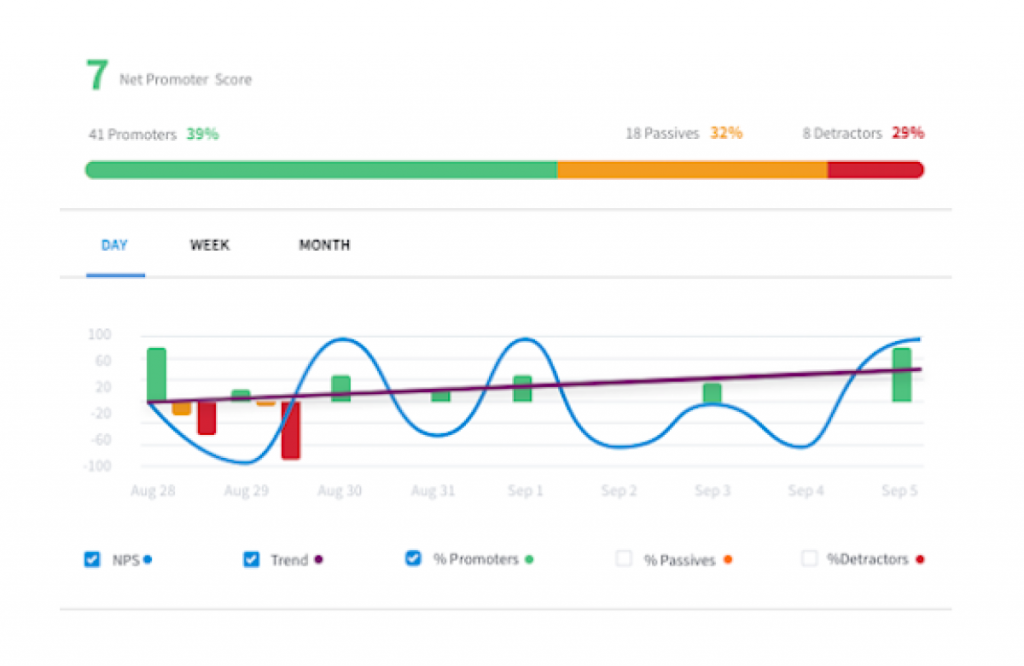
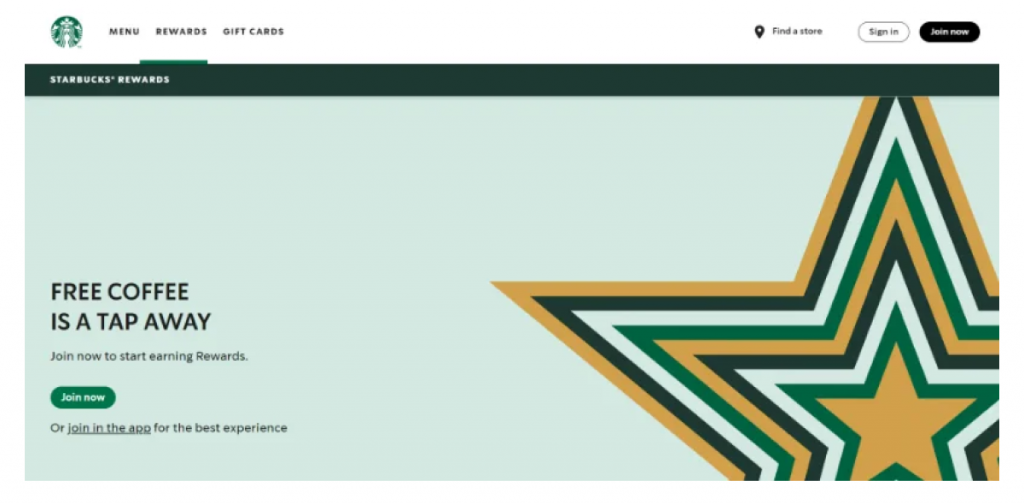

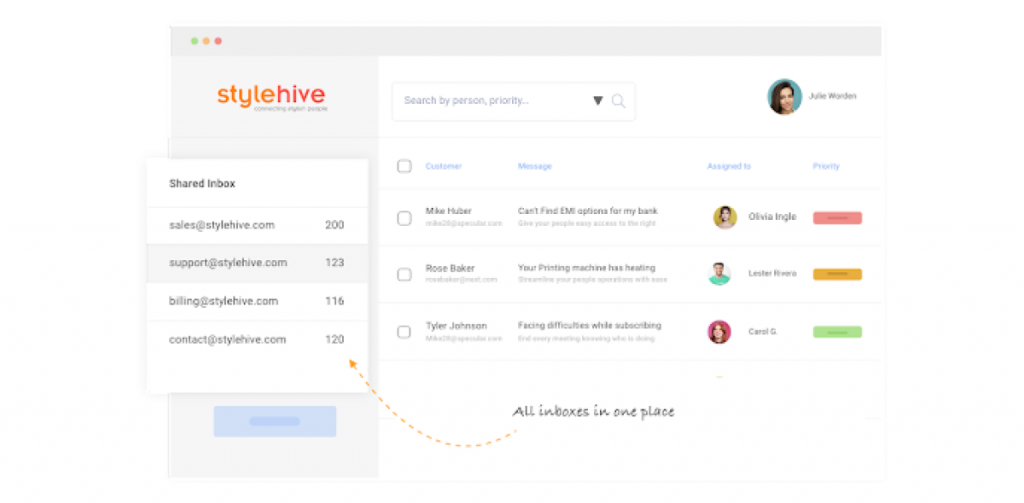
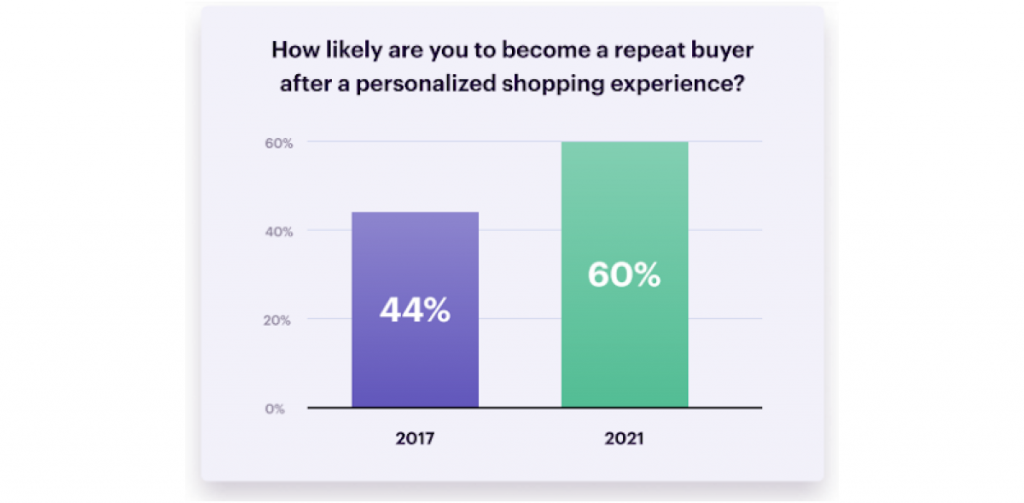
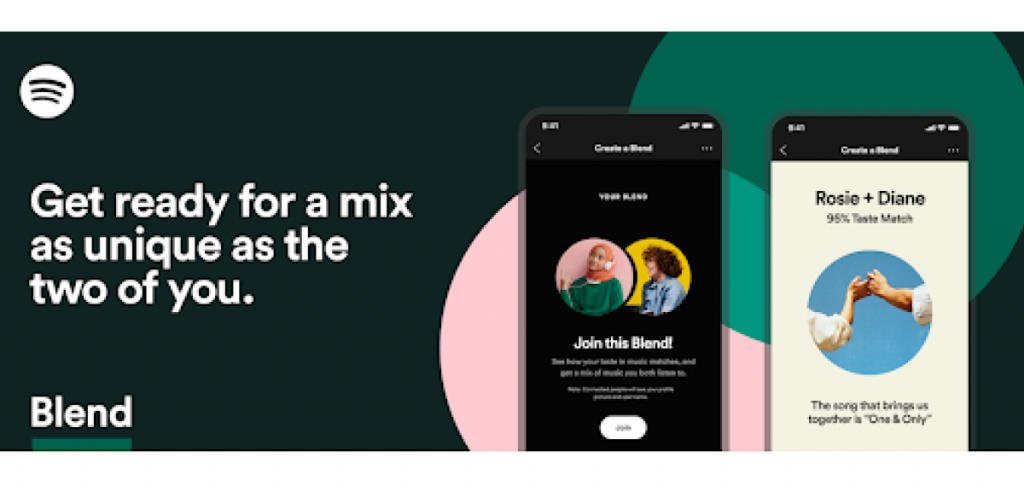


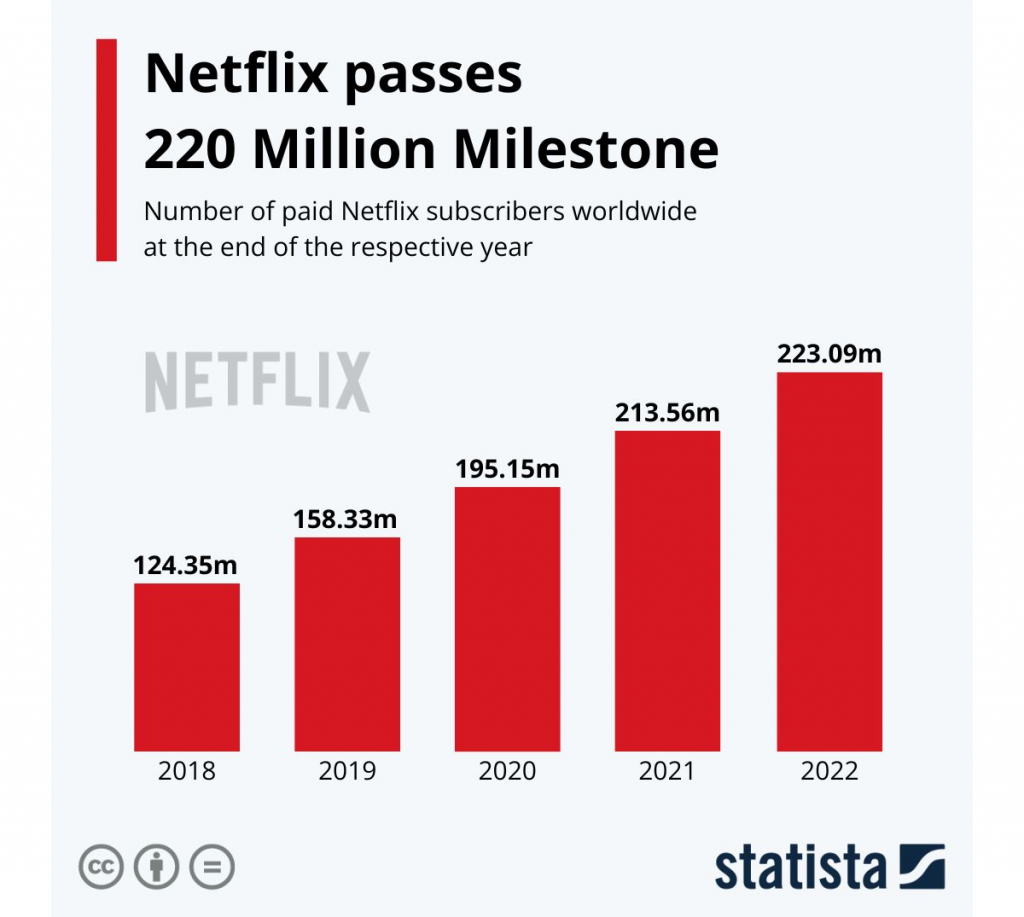
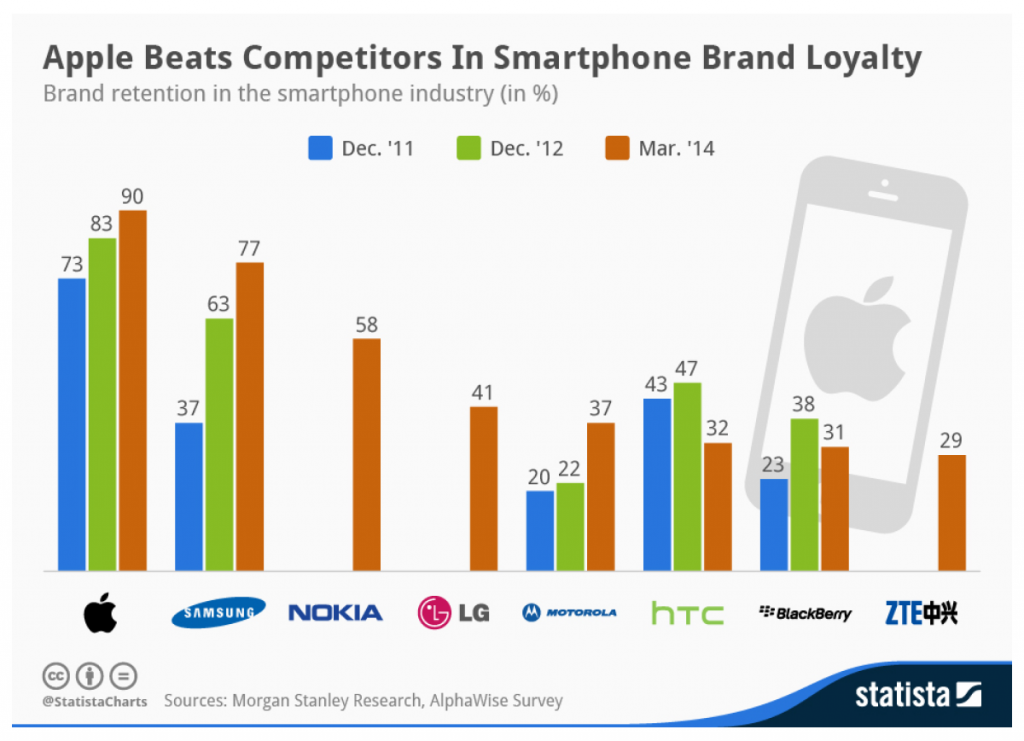
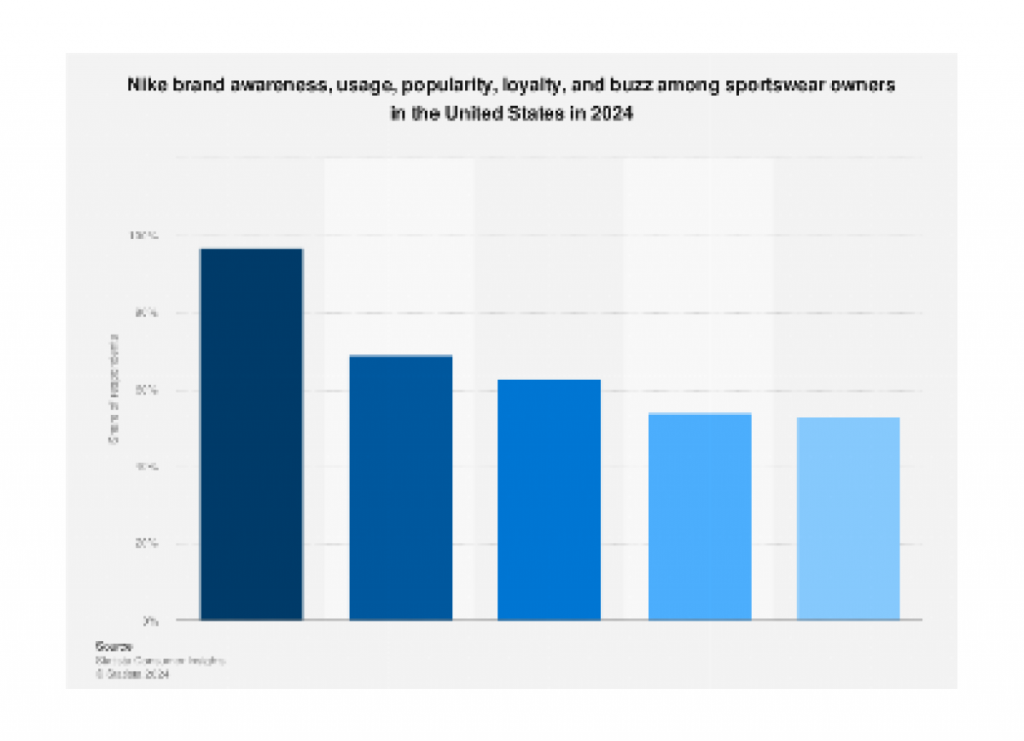
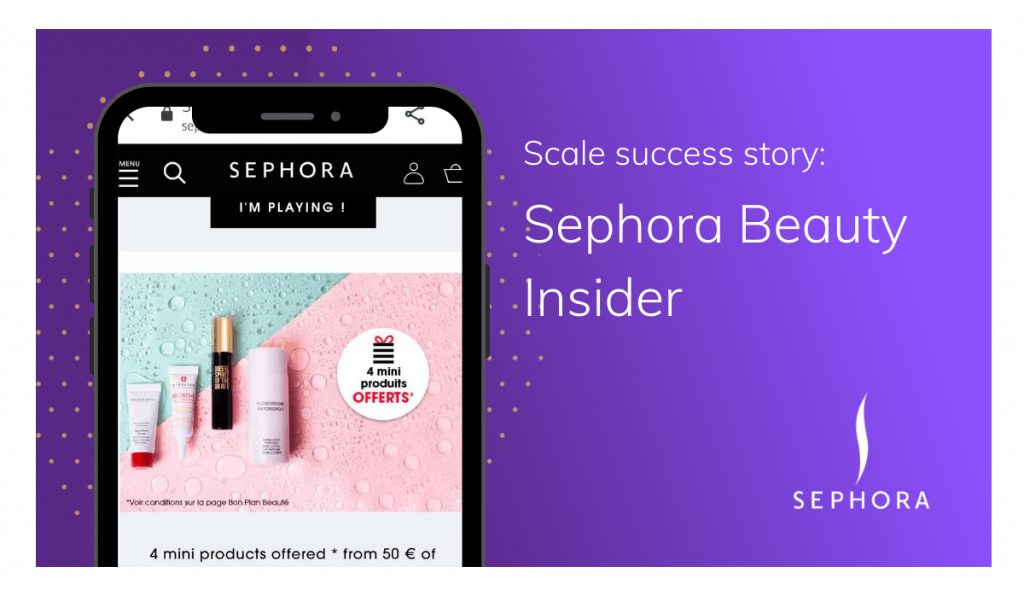

 We'd love your feedback!
We'd love your feedback! Thanks for your feedback!
Thanks for your feedback!


